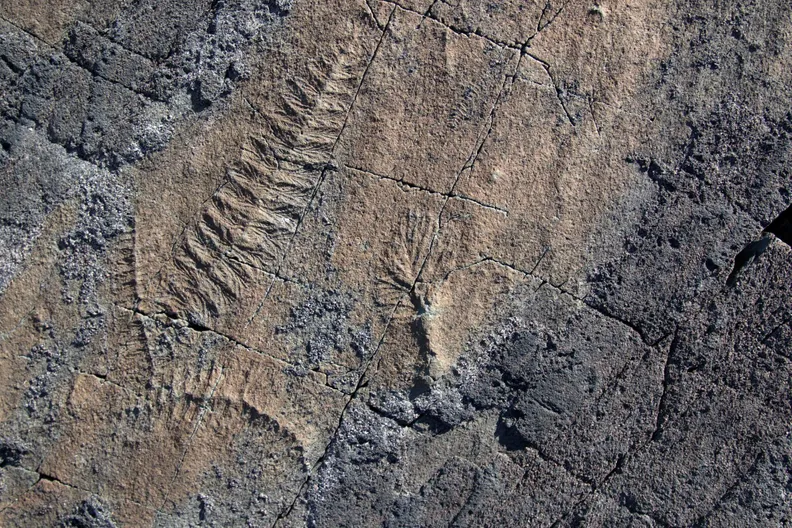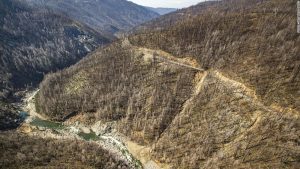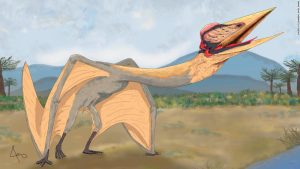

A group of Ediacaran specimens of Fractofusus and Plumeropriscum from the “E” surface, Mistaken Point Ecological Reserve, Newfoundland, Canada. Credit: Charlotte G. Kenchington (CC BY 4.0)
Metacommunity analysis suggests succession, not mass extinction, explains the Ediacaran diversity drop.
Early animals developed complex ecological communities more than 550 million years ago, setting the evolutionary stage for the Cambrian explosion, according to a research study by Rebecca Eden, Emily Mitchell, and colleagues at the University of Cambridge, UK, published on May 17th in the open-access journal PLOS Biology.
The first animals evolved around 580 million years ago, towards the end of the Ediacaran period. However, the fossil record indicates that after an initial boom, diversity declined in the run-up to the dramatic burgeoning of biodiversity in the so-called “Cambrian explosion” nearly 40 million years later. Scientists have suggested this drop in diversity is evidence of a mass extinction event roughly 550 million years ago – possibly caused by an environmental catastrophe – but previous research has not looked into the structure of these ancient ecological communities.

Dr. Mitchell laser-scanning the E surface, Mistaken Point. In the foreground Ediacaran organisms such as Fractofusus are visible. Due to the subtle features of the fossils, they are only clearly visible at a particular angle of sunlight, as shown here. Credit: Charlotte G. Kenchington (CC BY 4.0)
To evaluate the evidence for an Ediacaran mass extinction, scientists analyzed the metacommunity structure of three fossil assemblages that span the last 32 million years of this geological period (between 575 to 543 million years ago). They used published paleoenvironmental data, such as ocean depth and rock characteristics, to look for metacommunity structure indicative of environmental specialization and interactions between species. The analysis revealed increasingly complex community structures in the later fossil assemblages, suggesting that species were becoming more specialized and engaging in more inter-species interactions towards the end of the Ediacaran era, a trend often seen during ecological succession.
According to the authors, the results point to competitive exclusion, rather than mass extinction, as the cause of the diversity drop in the late Ediacaran period. The analysis indicates that the features of ecological and evolutionary dynamics commonly associated with the Cambrian explosion — such as specialization and niche contraction — were established by the first animal communities in the late Ediacaran.
Mitchell adds, “We found that the factors behind that explosion, namely community complexity and niche adaptation, actually started during the Ediacaran, much earlier than previously thought. The Ediacaran was the fuse that lit the Cambrian explosion.”
Reference: “Metacommunity analyses show an increase in ecological specialisation throughout the Ediacaran period” by Rebecca Eden, Andrea Manica and Emily G. Mitchell, 17 May 2022, PLOS Biology.
DOI: 10.1371/journal.pbio.3001289
Funding: This work was funded by a Natural Environment Research Council Independent Research Fellowship NE/S014756/1 to EGM. The funders had no role in study design, data collection and analysis, decision to publish, or preparation of the manuscript.

